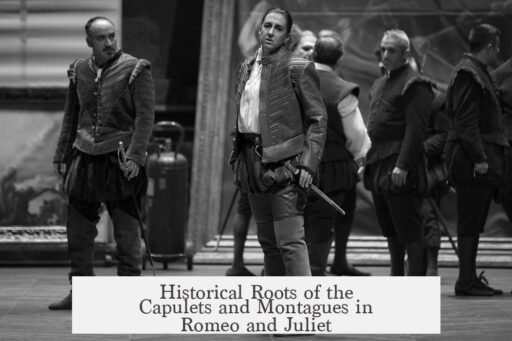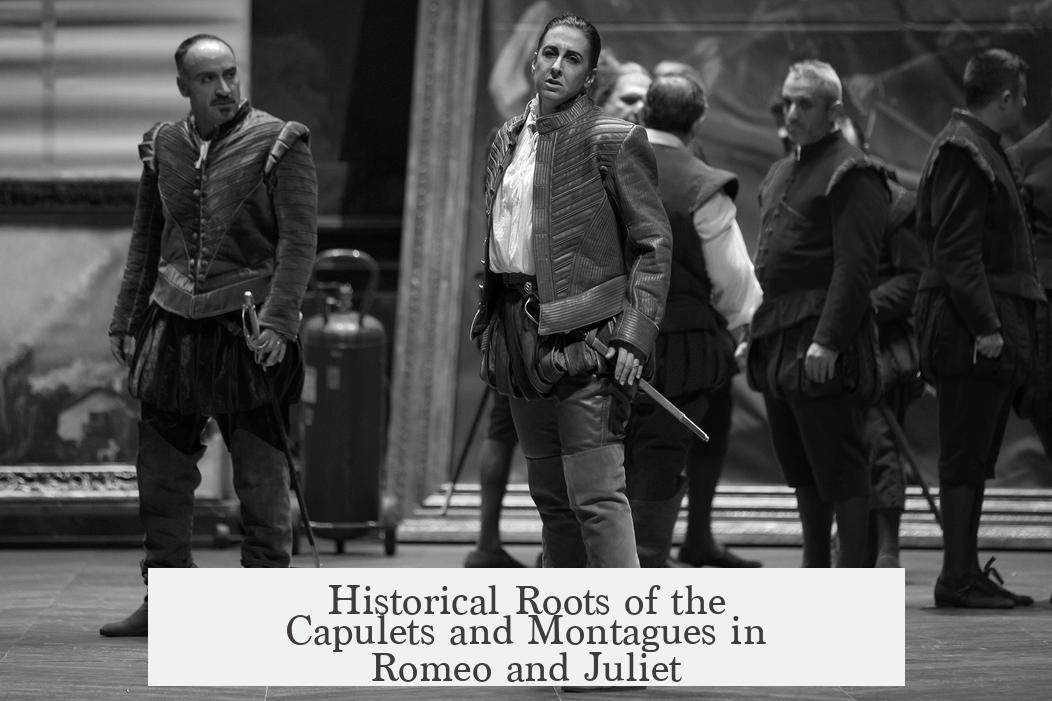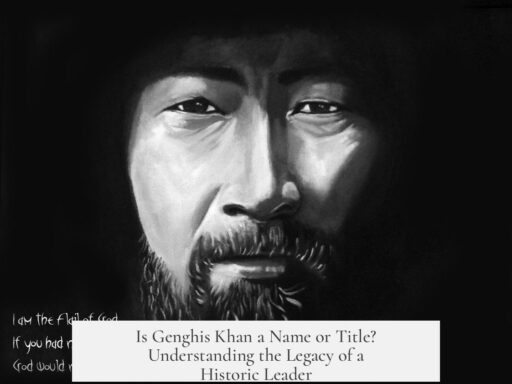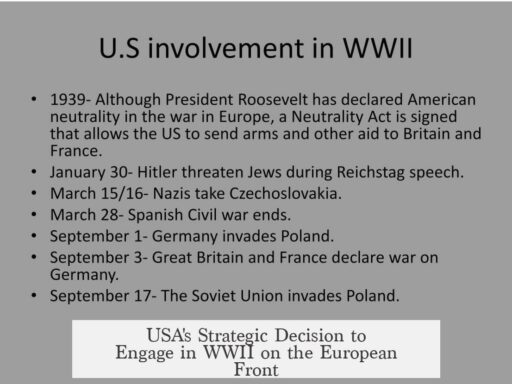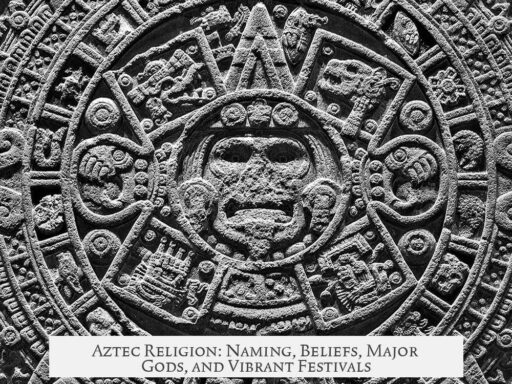The Capulets and Montagues in Shakespeare’s Romeo and Juliet find their origins in actual medieval families, but their story is largely a literary invention rather than a direct retelling of history.
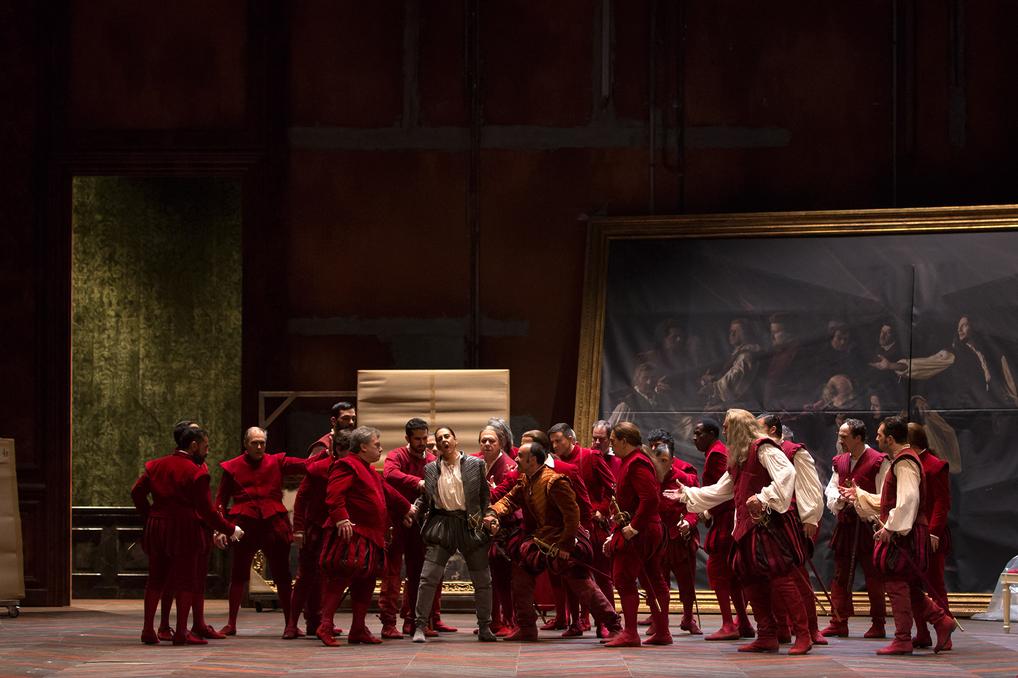
The names Capuleti (Capulets) and Montecchi (Montagues) appear in Dante Alighieri’s 14th-century Purgatorio (Canto VI, line 106). Dante mentions them as feuding families caught up in the broader conflict between the Guelphs and Ghibellines, two factions divided by allegiance to the Pope or the Holy Roman Emperor. The Montecchi (Guelphs) sided with the Emperor, while the Capuleti (Ghibellines) supported the Pope. This feud was part of the complex political dynamics of northern Italy from the late 11th to the 14th century.
While Dante’s poem confirms the existence of these families and their rivalry, it does not connect them with a love story. Additionally, the Capulets were originally from Cremona, not Verona, though Shakespeare’s Romeo and Juliet situates the tale in Verona. The historical feud is more political and territorial than romantic.
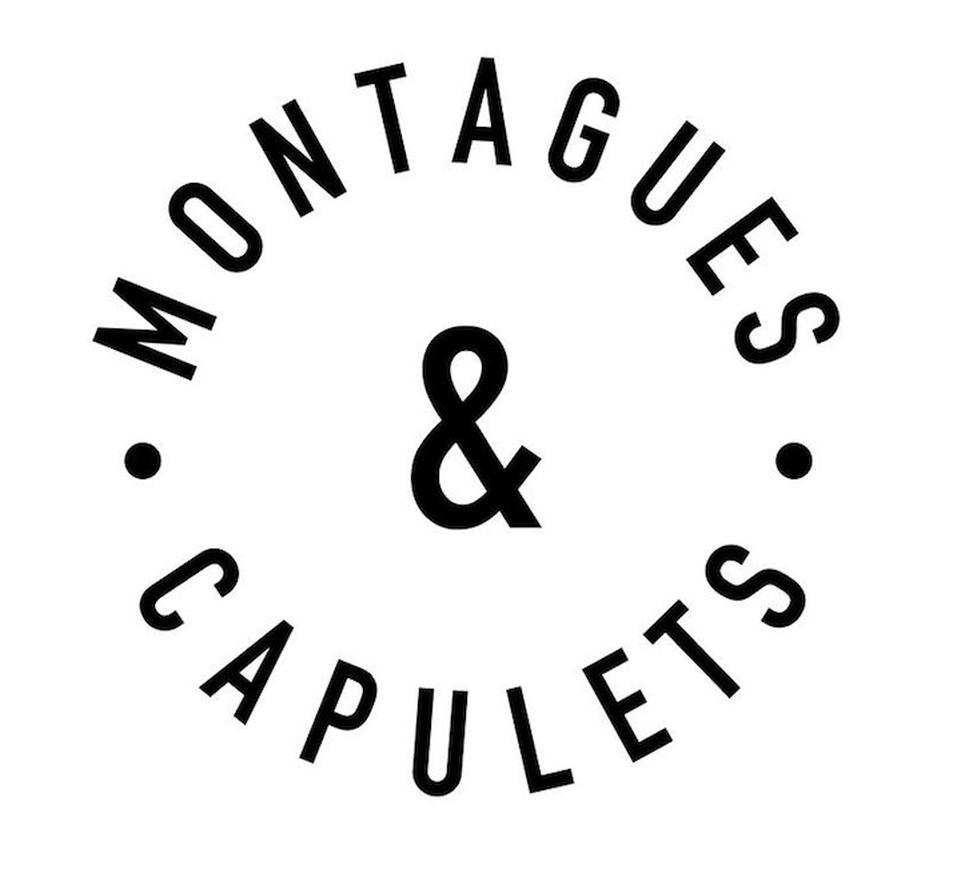
Shakespeare’s direct knowledge of Dante’s Divine Comedy remains doubtful. Instead, Shakespeare likely relied on English and Italian sources that retold the tragic lovers’ tale. The English poem The Tragicall History of Romeus and Juliet (1562) by Arthur Brooke is a key source. William Painter’s 1567 collection, The Palace of Pleasures, also included a version of the story.
Both works drew from Italian narratives, particularly Matteo Bandello’s Novelle (1554) and Luigi da Porto’s Historia novellamente ritrovata di due nobili amanti (1531). Da Porto first used the names Romeo Montecchi and Giulietta Capuleti and placed the story in Verona. He may have borrowed the names from Dante’s verse, aiming to connect the tale with the 14th-century historical setting. Da Porto personally knew descendants of a Montecchi family renamed Monticoli, suggesting he blended real names with fiction, perhaps to honor contemporary patrons.
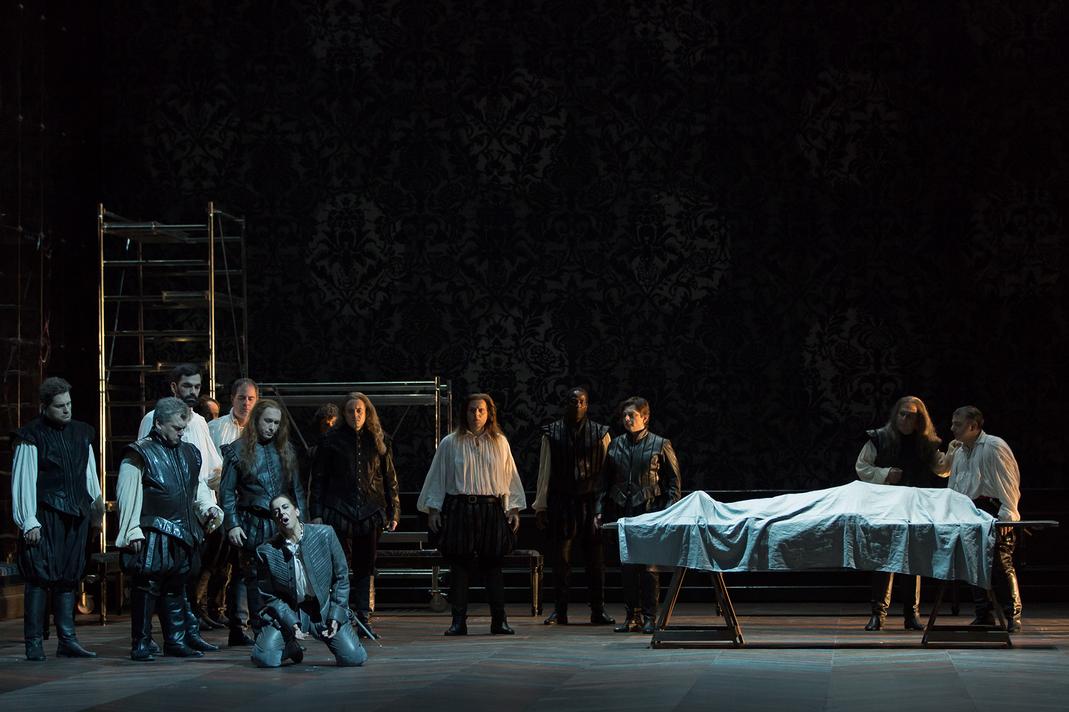
The process of creating Romeo and Juliet reflects Renaissance literary culture. Writers often compiled, adapted, and remixed earlier stories and names. Originality often meant reshaping existing material into new forms. Shakespeare’s genius was in transforming these sources into the enduring play recognized today.
To summarize the historical inspiration:
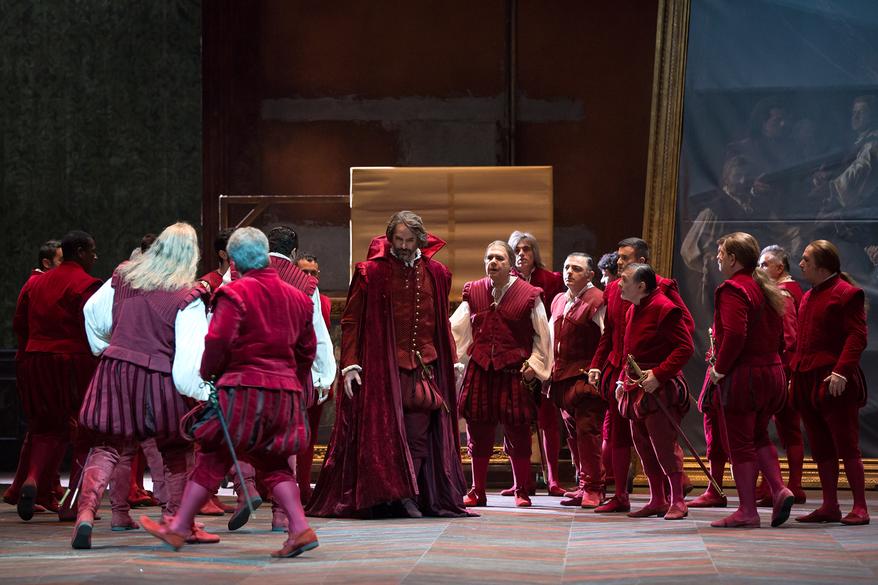
- The Capulets and Montagues were real medieval families known in Italy.
- They were involved in the political Guelph-Ghibelline conflict rather than personal feuding in Verona.
- Dante’s mention provides early literary evidence of their rivalry but no love story.
- Shakespeare drew on English adaptations based on Italian tales, not direct historical records.
- The romance of Romeo and Juliet is a literary creation enriched by names and settings linked loosely to history and prior literature.
These points clarify that Shakespeare’s famous feud is a product of literary evolution rather than strict historical biography.
Is There a Historical Inspiration for the Capulets and Montagues in Romeo and Juliet?
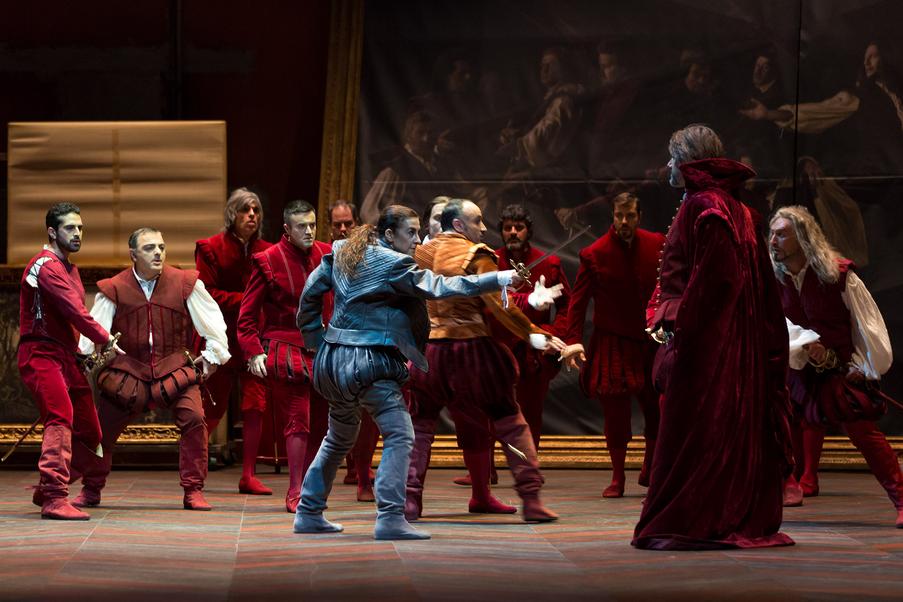
Are the Capulets and Montagues based on real feuding families in history? The short answer: yes, the names and feud have some roots in history, but the love story itself? Pure literary magic by Shakespeare and his predecessors. Let’s unravel this mix of history and storytelling.
When you hear “Capulet” and “Montague,” you likely think of star-crossed lovers from Verona, battling family pride, banned love, and tragic fate. But these names didn’t just spring from Shakespeare’s imagination out of thin air. Their historical and literary lineage is tangled and fascinating.
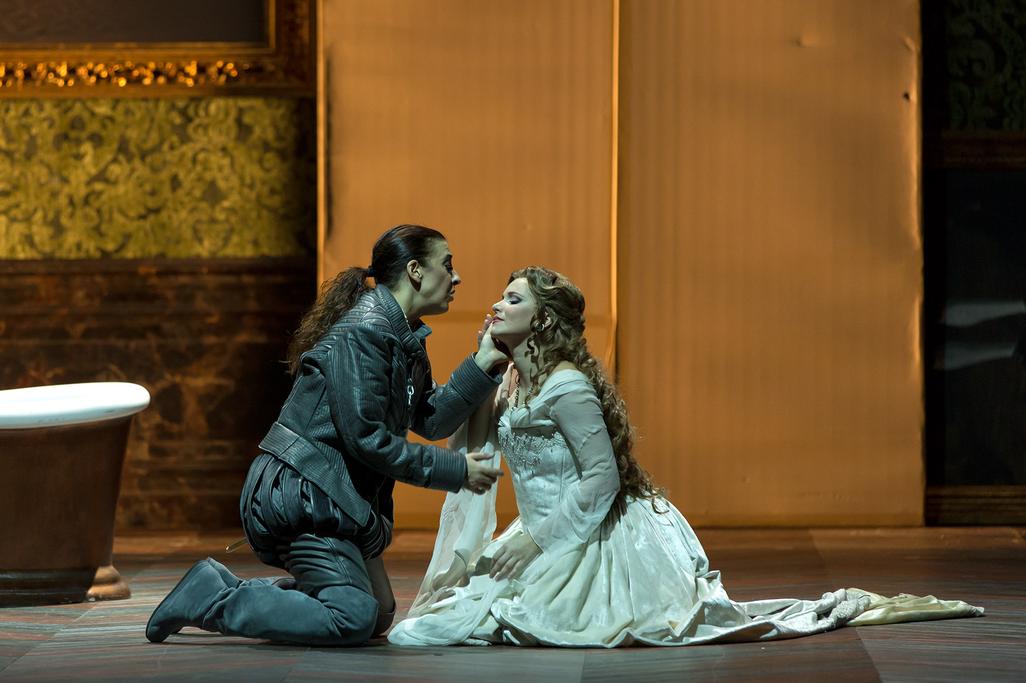
Medieval Feuds: Capuleti and Montecchi in Dante’s Purgatorio
Believe it or not, you can trace these family names back to Italian medieval literature. In Dante Alighieri’s Divine Comedy, specifically Purgatorio (Canto VI, line 106), the Capuleti and Montecchi appear as feuding families. Dante mentions them as part of a larger conflict—think of them as medieval rivals caught up in political wars. They symbolize opposing sides in the ongoing strife between two powerful factions: the Guelphs and the Ghibellines.
Who were these factions? Guelphs, like the Montecchi, supported the Holy Roman Emperor, while Ghibellines, like the Capuleti, leaned toward the Pope. Sounds like a medieval version of a soap opera! But it was far more complicated—it wasn’t just about religion or imperial power.
There were issues involving local versus imperial control, tensions between aristocrats and merchants, and battles for control among cities. The Investiture Controversy (1075–1122) ignited this centuries-spanning feud. But here’s the kicker: Only one family, the Capulets, even hailed near Verona (actually from Cremona). So, while the names pop up in a historical context, the geographic and personal connections seem loosely tied.
How Shakespeare Got His Hands on the Story
You might assume the Bard read Dante directly. Not so fast! Scholars agree Shakespeare didn’t have direct access to the Divine Comedy. So where did he get his source material?
Most likely, Shakespeare’s inspiration arrived through English translations and adaptations. A key source was Arthur Brooke’s 1562 poem titled The Tragicall History of Romeus and Juliet. Another possible influence is William Painter’s 1567 collection The Palace of Pleasures, which includes a tale about Romeo and Juliet’s “true and constant love.”
Both these English texts drew from Italian originals. The Italian wellsprings were chiefly Matteo Bandello’s Novelle (1554) and, going further back, Luigi da Porto’s Historia novellamente ritrovata di due nobili amanti (“Rediscovered History of Two Noble Lovers”) from 1531.
Now Luigi da Porto is a key figure for two reasons. He was the first to cement the names Romeo Montecchi and Giulietta Capuleti and to set their tale firmly in Verona. This localization and naming likely helped solidify the story’s identity going forward. Interestingly, Da Porto might have drawn those names directly from Dante’s earlier mention—possibly a nod to literary tradition, maybe even to gain prestige.
Alternatively, Da Porto knew descendants of the Montecchi family (or Monticoli) and might have honored some noble patrons through this legendary tale. So, the story doesn’t just come from history or popular rumor. It’s informed by real families, literary allusions, and personal relationships—a Renaissance remix all the way!
The Renaissance Remix: Borrow, Adapt, and Own It
Here’s a fun fact for your next trivia night: Originality wasn’t the name of the game in Renaissance literature. Writers borrowed heavily, imitated, adapted, and combined prior works. They weren’t trying to reinvent the wheel but to enhance and put a fresh spin on familiar tales.
Shakespeare mastered this art. He didn’t invent star-crossed lovers or feuding families. Instead, he polished the narrative, electrified the drama, and created a version that became the classic everybody knows today.
So, Is There a Real Romeo and Juliet?
Despite the historical backdrop, Shakespeare’s Romeo and Juliet are not based on actual people. The Capulets and Montagues did exist, and their animosity reflected historical factional disputes—but the romantic tragedy we adore is a literary creation layered over centuries of retelling.
The real medieval families lived complicated political lives shaped by their times. The love story? That blossomed through the imagination of writers like Da Porto and, ultimately, Shakespeare himself.
“So, is there a historical inspiration to the Capulets and Montagues in Shakespeare’s play? Well: those families existed and were actually at war, yes. But no historical Romeo and Juliet ever walked Verona’s streets. The romance belongs to layers of imagination over actual feuding names.”
Takeaways for History Buffs and Literary Fans
- Real feud, literary love: The Capulets and Montagues echo real factional conflicts of the Middle Ages, but the love story is purely literary.
- Shakespeare’s sources: English poems and tales translated or adapted Italian stories refined over decades.
- Renaissance creativity: Borrowing and blending stories were standard; originality grew from adaptation.
- Local flavor: Da Porto anchored the tale geographically and named the families, likely referencing historical and literary tradition.
Maybe Shakespeare knew he was working with a beautiful patchwork of history and fiction. And frankly, isn’t that what makes Romeo and Juliet so timeless? It blends the bitter reality of family conflict with the sweet thrill of young love, all wrapped in layers of historical echoes and literary sparkles.
Next time a quarrel erupts between friends or families, remember: the original “Montagues and Capulets” came from a fierce political struggle—but their love story? That’s pure poetic genius.
